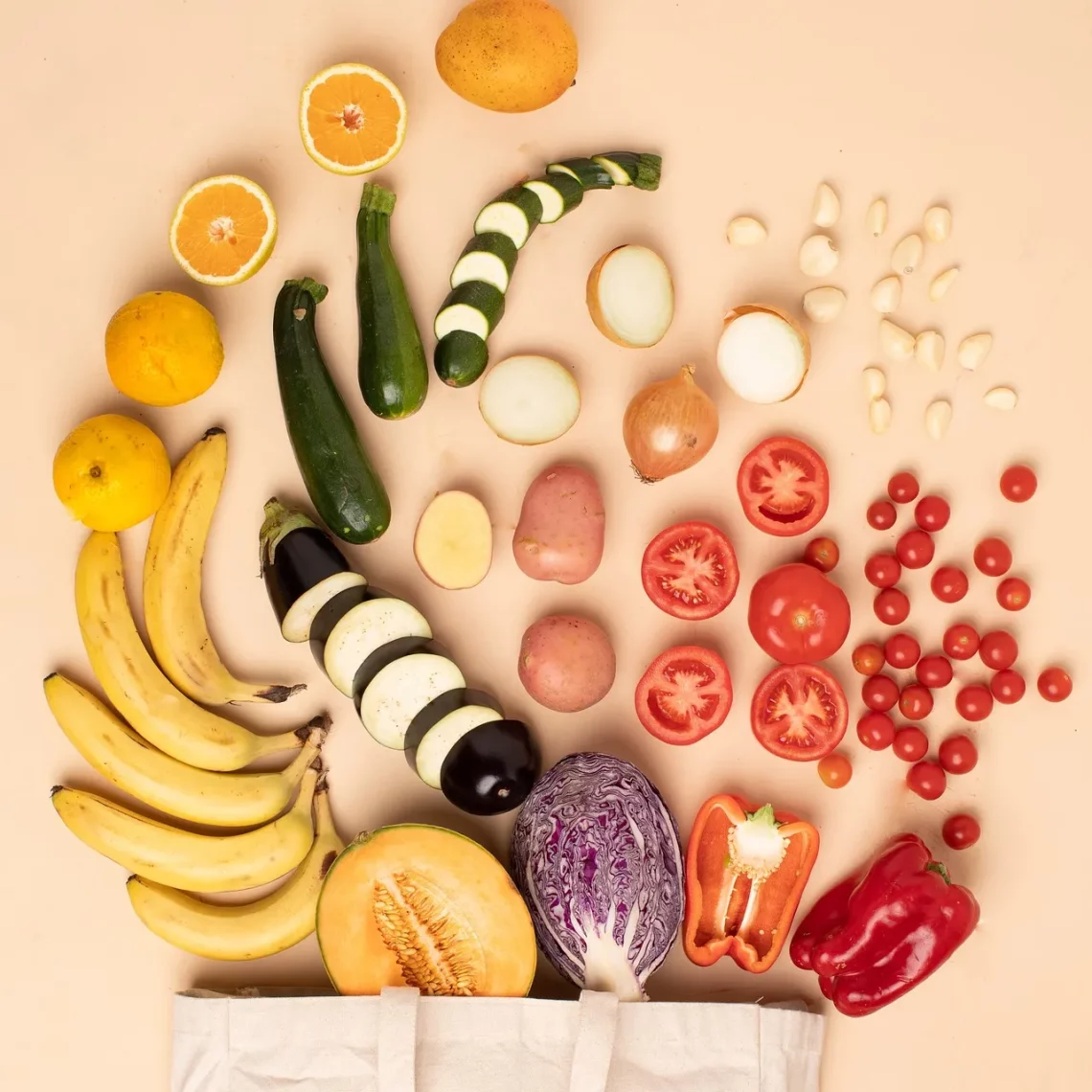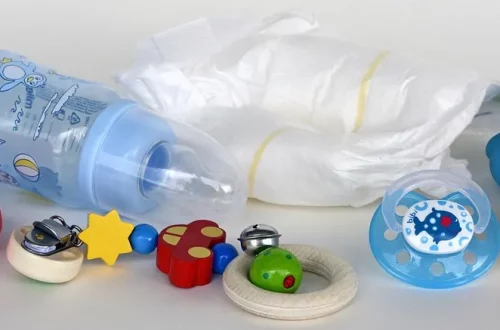
Can I Feed My Bearded Dragon Romaine Lettuce Safely?
Bearded dragons are popular reptiles that have become cherished pets for many enthusiasts. Known for their docile nature and unique personalities, these lizards require a well-balanced diet to thrive. As a responsible pet owner, ensuring that your bearded dragon receives the right nutrients is essential for its health and longevity. However, navigating the world of reptile nutrition can be overwhelming, especially with the vast array of food options available.
Among the many vegetables that are often considered for inclusion in a bearded dragon’s diet, romaine lettuce frequently comes up in discussions. While it may seem like a harmless addition, the nutritional value and safety of romaine lettuce for bearded dragons warrant careful consideration. Understanding the dietary needs of these creatures and the implications of feeding them certain greens is crucial.
As we delve deeper into this topic, it is essential to explore the nutritional profile of romaine lettuce, its potential benefits and drawbacks, and how it fits into the overall dietary requirements of bearded dragons. By doing so, we can ensure that we make informed decisions that contribute to the health and happiness of our scaly companions.
Nutritional Value of Romaine Lettuce
Romaine lettuce, a leafy green vegetable, is often praised for its crisp texture and refreshing taste. It is low in calories and offers a hydrating option for both humans and reptiles alike. However, when assessing whether it can be safely included in a bearded dragon’s diet, it’s important to examine its nutritional content in detail.
Romaine lettuce is primarily composed of water, accounting for about 95% of its weight. This high water content can be beneficial for hydration, particularly in environments where humidity is low. However, while hydration is important, bearded dragons also require a diet rich in essential vitamins and minerals to support their overall health.
In terms of vitamins, romaine lettuce contains some Vitamin A, Vitamin K, and folate. Vitamin A is crucial for vision and immune function, while Vitamin K plays a role in blood clotting. Folate is important for cellular function and tissue growth. However, romaine lettuce lacks significant amounts of other vital nutrients such as calcium and protein, which are necessary for the growth and maintenance of a bearded dragon.
Furthermore, romaine lettuce has a relatively low fiber content compared to other leafy greens. A diet high in fiber is necessary for the digestive health of bearded dragons, helping to prevent issues such as impaction. Therefore, while romaine lettuce can provide some hydration and minimal nutritional benefits, it should not be the primary green offered to your pet.
In summary, while romaine lettuce does have some nutritional value, its overall profile is lacking in essential nutrients that bearded dragons need. As a result, it should be considered only as a supplemental option rather than a staple in their diet.
Potential Risks of Feeding Romaine Lettuce
While romaine lettuce may seem like a harmless choice for your bearded dragon, there are several potential risks associated with its consumption. Understanding these risks is vital for ensuring the health and well-being of your pet.
One of the primary concerns with feeding romaine lettuce is its high water content. While hydration is important, excessive moisture can lead to diarrhea in bearded dragons. Diarrhea can cause dehydration, which is detrimental to a lizard’s health. Additionally, if the lettuce is not washed properly, it may carry pesticide residues or harmful bacteria, posing further health risks.
Another risk involves the nutritional imbalance that can arise from relying too heavily on romaine lettuce. As previously mentioned, it lacks significant amounts of calcium and protein. Bearded dragons require a diet that includes adequate calcium to support strong bones and prevent metabolic bone disease. If romaine lettuce is frequently offered as a primary food source, it can lead to deficiencies that have long-term health implications.
Moreover, bearded dragons are omnivores and thrive on a diverse diet that includes a variety of vegetables, fruits, and protein sources such as insects. Feeding them a monotonous diet, even if it includes romaine lettuce, can lead to nutritional deficiencies and health issues. It’s crucial to provide a wide range of foods to ensure that all dietary needs are met.
Lastly, some bearded dragons may simply refuse to eat romaine lettuce, particularly if they have not been introduced to it at a young age. A picky eater can miss out on essential nutrients, leading to further complications. Therefore, it is essential to observe your pet’s eating habits and preferences when introducing new foods.
In conclusion, while romaine lettuce can be offered occasionally as a treat, it is important to be aware of the potential risks associated with its consumption. A balanced and varied diet is key to maintaining the health of your bearded dragon, and romaine lettuce should not be relied upon as a primary food source.
Alternatives to Romaine Lettuce
Given the limitations and potential risks associated with feeding romaine lettuce to bearded dragons, it is essential to explore alternative leafy greens and vegetables that can better meet their dietary needs. A varied diet not only ensures that your pet receives the necessary nutrients but also keeps mealtime interesting.
One excellent alternative to romaine lettuce is collard greens. These leafy greens are rich in calcium, vitamins A and C, and fiber, making them a fantastic choice for bearded dragons. Collard greens can be offered regularly, providing a nutritious base for your pet’s diet.
Another great option is mustard greens, which are also high in calcium and have a favorable nutritional profile. Mustard greens are slightly spicier in taste, which some bearded dragons may find appealing.
Dandelion greens are another nutritious choice that is often well-accepted by bearded dragons. These greens are rich in vitamins and minerals and can be easily found in many gardens or stores. They are also low in oxalates, making them a safe option for regular feeding.
For a bit of variety, you can also incorporate other vegetables such as bell peppers, squash, and carrots into your bearded dragon’s diet. These vegetables offer a range of vitamins and minerals while providing different textures and flavors that can stimulate your pet’s appetite.
It’s important to remember that bearded dragons also need protein in their diet, especially during their growth phase. Offering insects such as crickets, mealworms, or dubia roaches can provide the necessary protein, ensuring that your pet remains healthy and active.
In conclusion, while romaine lettuce can be included in your bearded dragon’s diet in moderation, opting for more nutrient-dense leafy greens and a variety of vegetables will better support their health. By diversifying their diet, you can ensure that your bearded dragon receives the essential nutrients it needs to thrive.
Best Practices for Feeding Your Bearded Dragon
Feeding your bearded dragon involves more than just selecting the right foods; it also requires understanding the best practices to ensure they receive a balanced diet. Implementing these practices can significantly enhance the health and well-being of your pet.
Firstly, it is important to provide a variety of foods to your bearded dragon. A balanced diet should consist of leafy greens, vegetables, fruits, and protein sources. By offering a diverse range of foods, you can ensure your pet receives a wide array of nutrients that are essential for their growth and health.
When preparing vegetables and greens for your bearded dragon, always wash them thoroughly to remove any pesticides or harmful residues. It’s advisable to chop the vegetables into small, manageable pieces to make it easier for your pet to eat.
Additionally, consider the frequency of feeding. Young bearded dragons typically require more frequent feedings—up to two or three times a day—while adults can be fed once a day or every other day. It’s crucial to monitor your pet’s weight and adjust feeding schedules accordingly to prevent obesity or malnutrition.
Supplementing your bearded dragon’s diet with calcium and vitamin D3 is also vital, especially if they are not exposed to natural sunlight. These supplements help prevent metabolic bone disease and support overall health. Dust insects with calcium powder before feeding them to your pet to ensure they receive the necessary nutrients.
Lastly, always observe your bearded dragon’s eating habits. If they refuse certain foods or show signs of distress after eating, consult with a veterinarian who specializes in reptiles. This can help identify any potential health issues and ensure your pet remains healthy.
In summary, by following best practices for feeding your bearded dragon, you can promote a balanced diet that supports their health and longevity. A well-fed bearded dragon is not only healthier but also more active and happier, enhancing the bond between you and your pet.
**Disclaimer: This article is for informational purposes only and is not intended as medical advice. For health-related concerns regarding your pet, please consult a veterinarian.**




